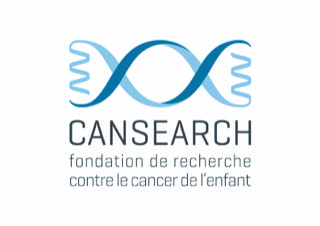f) Study on Fludarabine
Conditioning agents like busulfan and fludarabine are treatments administered before cellular therapy, such as hematopoietic stem cell transplants, to create spaces or “niches” for the engraftment of new cells in a recipient. These chemotherapy treatments are widely used in the pediatric population, with optimization being the subject of several research studies. In this context, we have focused on studying these regimens, particularly those involving fludarabine treatment, to optimize their use in the pediatric population.
Fludarabine, increasingly used in cellular therapy protocols, is a medication aimed at reducing the immune response in a transplant recipient. It reduces the number of specific immune cells (lymphocytes), thereby increasing the chance of graft acceptance in its new environment. However, this effect is accompanied by a general decrease in immunity, exposing the patient to higher risks of infection and treatment-related mortality.
Usual doses of fludarabine are associated with significant exposure fluctuation (levels in the bloodstream) and unexplained clinical variability in these patients, especially in pediatrics. Inadequate fludarabine levels can lead to treatment failure, while excessive levels result in high toxicity. Thus, personalized doses of fludarabine would lead to more consistent and predictable treatment responses. Fludarabine can be a candidate for close monitoring of blood levels. Studying factors of inter-individual variability in fludarabine exposure, such as genetic markers or drug interactions, leads to therapeutic optimization of fludarabine in children.
The objective of our study is to optimize fludarabine treatment by personalizing doses before cellular therapy in pediatric patients.
Our project aims to define an algorithm for selecting doses for each patient based on fludarabine blood levels measured in the patient.
Correlations between exposure levels of different medications used in cellular therapies, including fludarabine, with clinical outcomes will be studied. This analysis also includes the effect of genetic factors and drug interactions on exposure variability, efficacy, and toxicity of treatments.
This study aims to optimize cellular therapy transplant outcomes by:
- Clinically applying personalized fludarabine dosage in pediatric patients.
- Studying factors influencing blood levels of different medications as well as clinical outcomes, such as genetic markers.
